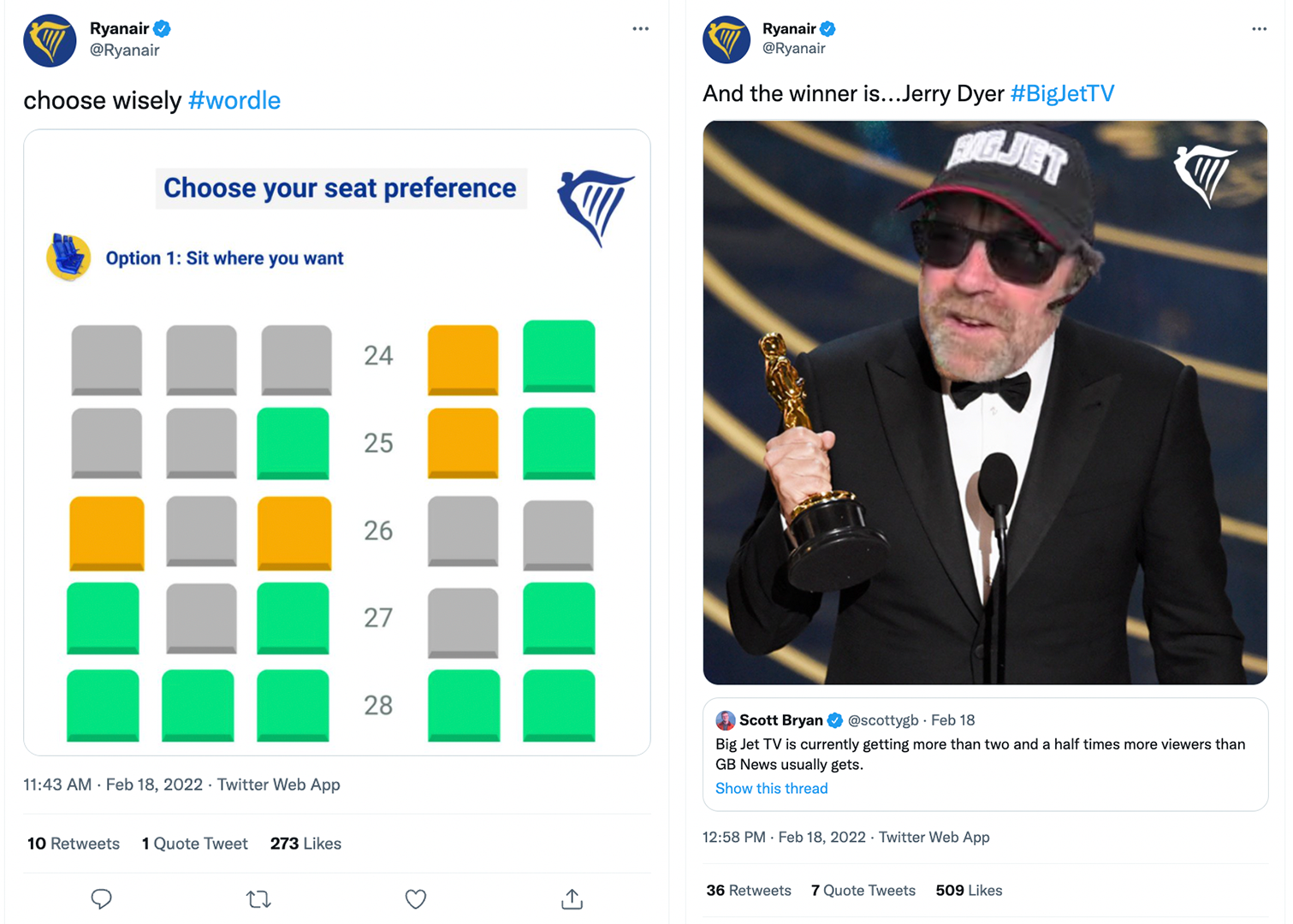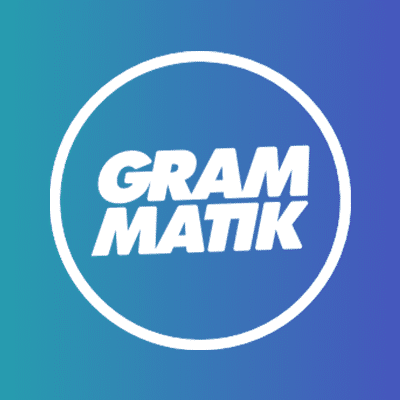
Tech PR tips
How to build newsjacking into your communications strategy
In the age of social media, news moves faster than ever. On sites like Twitter and Linkedin, as well as many news sites, algorithms mean that a news article can appear — and disappear — in one swift swipe, failing to pick up even minimal interaction. For those working in PR and marketing, this can be a challenge when it comes to getting eyeballs on your content.
Publication of a piece is no longer enough to result in clicks. Now, content creators need to take into account that the way these platforms sort and share content means that the work they send out is not necessarily going to be found on the top of everyone’s news feed.
One way this has been combated is with good SEO — the practice of implementing higher ranking words within content to improve visibility. The other, less commonly known process, is newsjacking.
What is Newsjacking?
While you may not be aware of the term, if you use social media, you’ve almost certainly seen newsjacking in practice. David Meerman Scott, an online marketing strategist, popularised the term in his 2011 book, Newsjacking: How to Inject your Ideas into a Breaking News Story and Generate Tons of Media Coverage.
David argues in the book that the traditional PR methods of simply sending out pitches to publication is no longer dynamic enough to be effective in the fast moving public discourse. Instead PR and marketing teams should be looking to ‘piggyback’ off trending stories as a way of pushing their own content.
“Newsjacking is the art of injecting your ideas into a breaking news story. Your job is to inject your news as the news is breaking, so that you can become part of the story. – David Meerman Scott
Originally a PR technique, newsjacking has continuously evolved, and is now used regularly within inbound brand marketing and digital content practices. Newsjacking can take on many forms, from a simple social post, a reactive comment, a blog post or more. This will change depending on the story you’re newsjacking, and the scope of your comment.
Ryanair, for example, regularly implements newsjacking within their marketing output. Just recently, they have taken advantage of trending topics such as New York Times’ popular word game Wordle and the coverage of Storm Enuice to produce social content.

The above examples show how you can make your brand part of a wider conversation, despite the topic not having anything to do with the product they offer.
Another form of newsjacking that can result in high profile mentions is providing reactive comments to journalists for news articles. A journalist may not always be familiar with the topic they are writing about, which is why they often feature a quote from an expert to help boost the piece, which opens up an opportunity for newsjacking.
This was a tactic we undertook at Grammatik for Hyve, a managed hosting provider. By tracking cybersecurity news, we were able to identify articles in high profile press, in this case the Daily Mail. We then proceeded to contact the journalist behind the piece, offering them a comment from Hyve, which they then featured in the article.
On the longer side of content, trending news could spur a blog piece or a byline for press. While the metaverse has been part of online conversations, in some circles, for a while, it really became a mainstream topic around the time of Mark Zuckerberg’s Meta rebranding announcement. The controversy around Meta as a company, and confusion around understanding of metaverse terminology presented companies with the opportunity to newsjack with content.
One example of this can be seen with Xsens, a leading innovator in 3D motion tracking technology, and client of Grammatik, who produced a blog article shortly after Zuckerberg’s announcement. Through the article, they not only became part of the metaverse discourse, but were also able to align their messaging to fit in with the wider topic.
What both these examples show is how you can use the news to both generate content, and leverage your messaging in an organic way.
How to Newsjack
Often with newsjacking, time is of the essence, so it’s essential that you are properly set-up to take advantage of any opportunities. A great way to stay on top of your chosen subject is through the ‘Google News alert’ function, which allows users to be notified any time that topic is mentioned in a breaking news story.
Engaging an agency with good relationships with journalists in your space will make them more likely to approach you for a reactive comment on further insight for a news story. Often they are looking for a comment quickly, so pre-preparing comments gives you the best chance to be quoted.
You might use social media as a content outlet, but it’s benefits as a news research tool can be understated. Often, platforms such as Twitter are where news breaks first, so setting up custom hashtags will highlight discussed topics within your feed for newsjacking content. Similarly, following journalists in your area and hashtags such as #journorequest gives you the best chance of jumping on a story ahead of competitors.
Why newsjack?
While it can be time consuming to stay attentive to the news in hopes of finding content, newsjacking can have wide benefits for your marketing strategy. When done right, it can be a cost effective way to build brand awareness. Sending a reactive comment costs nothing, but if it lands in a big name publication, it can have lasting effects on the traffic, visibility and profile of your company.
There’s also the chance that your newsjacking efforts will become newsworthy in its own right. Back in 2013, Microsoft received backlash from their decision to restrict users from sharing second-hand games on their Xbox One console. In response to this, Sony released a 20 second video that shows how their users can share second hand games between each other, by simply handing them over.
The video was lauded by fans, received 10+million views and picked up hundreds of press hits. Whilst it’s not always the best idea to directly attack another company as part of a marketing strategy, Sony were able to assess the climate, and were able to turn the backlash against Microsoft into an effective advertisement.
Summary
How we consume news has dramatically changed in the past few years, and will continue to change even further as social media platforms become smarter and more tuned in to our individual tastes. Newsjacking can prove to be an effective, and cost efficient way to combat these obstacles, while taking your brand profile to the next level. Staying on top of trends and news is the key, and making use of social media as a research tool, and implementing ‘Google news alerts’ is the best way to be prepared.
—
Looking for more PR & Marketing Tips? Be sure to check out our other blogs.

©️2024 Grammatik Agency, Second Home, 125–127 Mare St, London E8 3SJ.
[email protected]
+44 (0)20 3950 7057 Privacy policy